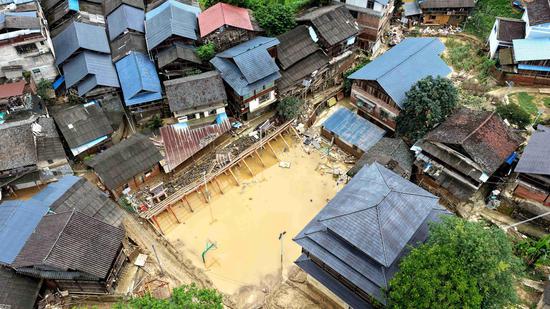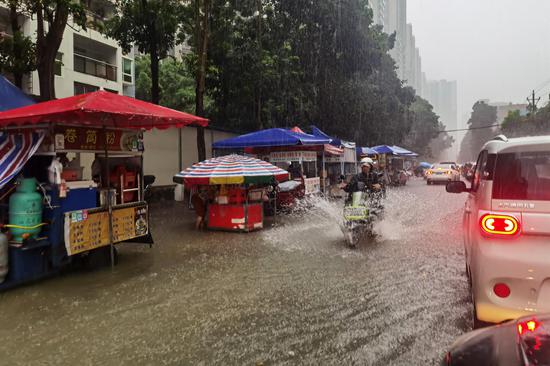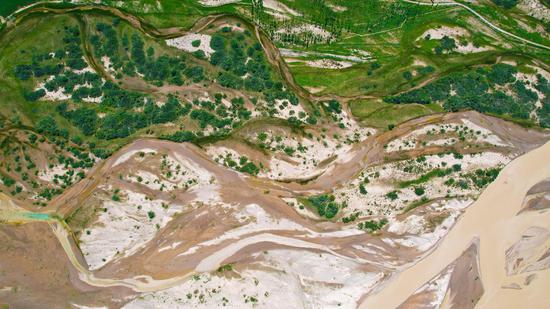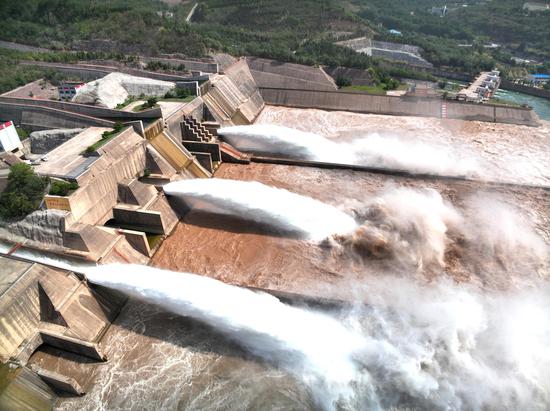Beijing's meteorological authorities activated a Level IV flood emergency response on Wednesday morning as the capital braced for a fresh round of heavy rainfall forecast to hit the region from Wednesday afternoon through Thursday morning, according to Beijing Emergency Management Bureau's Sina Weibo post.
The Beijing flood control office instructed relevant departments to implement emergency measures, closely monitor short-term, localized heavy downpours, and ensure the city's effective flood prevention.
The latest rainfall is part of a broader weather system affecting the Beijing-Tianjin-Hebei region, with moderate to heavy rain expected across Beijing, Tianjin, and south-central Hebei. Some areas may face heavy to torrential rainfall, with cumulative precipitation forecast to reach 100 to 160 millimeters. Experts warned of the risk of mountain floods and geological disasters in the Taihang and Yanshan mountain ranges in North China, while urban areas in Beijing, Tianjin, and Hebei may face traffic disruptions due to waterlogging, according to the Beijing Daily.
The local response comes amid persistent heavy rainfall nationwide. China Meteorological Administration (CMA) on Wednesday morning renewed its blue alert for rainstorms, forecasting widespread heavy precipitation across 14 regions from 2 pm Wednesday to 2 pm Thursday.
According to the CMA's 10 am bulletin, heavy to torrential rainfall is expected in parts of northern and central Shanxi Province, southern and northeastern Hebei, most of Beijing, Tianjin, northern Shandong, the western Sichuan Basin, southeastern Gansu, northern and southwestern Shaanxi, southern Ningxia, southwestern Yunnan, coastal areas in southern Guangxi, southwestern Hainan Island, central and southern Liaoning, and northwestern Heilongjiang.
Localized torrential rainfall of 100 to 160 millimeters is forecast in eastern Hebei Province, central and eastern Tianjin, and northwestern Sichuan Basin. Some of these areas may experience short-term intense precipitation with hourly rates reaching 20 to 50 millimeters—or even exceeding 70 millimeters—alongside severe convective weather such as thunderstorms and strong winds.


















































 京公網安備 11010202009201號
京公網安備 11010202009201號